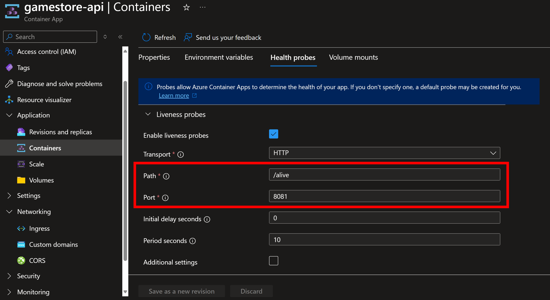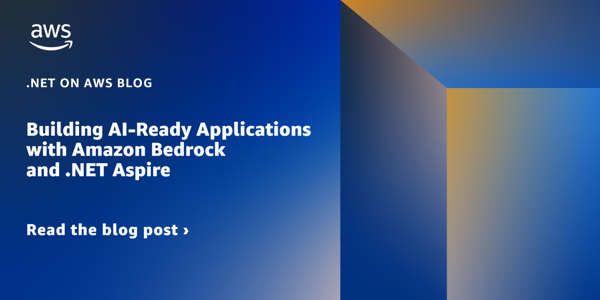.NET Aspire Tutorials
Building next-level conversational AI apps with .NET and Aspire
It's 2025 and we're all adding AI features to our apps. But the tech moves so fast - what solid ground can you actually build on? This talk will focus on one of the best established patterns: building chat UIs that accept natural-language instructions.
Build Self-Healing Apps: Health Checks and Probes with .NET Aspire
Today, I’ll show you how to add health checks to your .NET app that stay secure and integrate seamlessly using .NET Aspire.
AspiriFridays - James Montemagno + Feedback Flow
David, Damian, and Maddy have nabbed a real celeb for this episode - fellow MSFTie and Aspire fan James Montemagno!! James has been building an app called Feedback Flow - and even though Fowler has been helping, it STILL isn't Aspirified enough. Join us for this exciting AspiriFriday to wrap up June
Master Local Async Lambda Development with .NET Aspire
Hi, I'm James. And in this video, you'll learn about how you can improve your local development of AWS Lambda functions using .NET Aspire. You'll learn how to emulate asynchronous event sources such as Amazon SQS, Amazon EventBridge, SNS, and Kinesis locally. The video introduces practical ways to test Lambda functions with event sources using Aspire's features.
Integration Testing with .NET Aspire: Unified Local and Test environments with SQS, Lambda, and Postgres
Our application is an ASP.NET Core API, Postage DB using Entity Framework, and SQS Lambda handler. The main idea is to configure an application using Aspire for local development, and the same configuration for integration testing.
AspiriFridays with David, Damian, and Maddy - Ed Keilholz aka Hex Master
Happy AspiriFriday! For our fourth AspiriFriday, join David, Damian, and Maddy as they take an already Aspirified app and Aspirify it even further!!!! Eduard Keilholz, aka hexmaster, is bringing his codebase to the Council of Aspirations for another chaotic Friday stream.
Simplify your local AWS Lambda development with .NET Aspire
Struggling to develop serverless applications? Hi, I'm James Eastham and in this video you'll learn about .NET Aspire alongside AWS Lambda to enhance your local development experience for serverless applications on AWS. Learn how to replace Docker Compose with .Net Aspire, leverage its support for AWS Lambda and DynamoDB, and debug API Gateway integrations locally.
Building AI-Ready Applications with Amazon Bedrock and .NET Aspire
In today’s rapidly evolving technology landscape, Amazon Bedrock and .NET Aspire help in integrating AI capabilities into your applications. Amazon Bedrock, a fully managed service offering access to various Foundation Models (FMs), combined with .NET 9, creates a robust foundation for building such applications.
Combining .NET Aspire with Temporal - Part 3
Part 3 of a multi-part blog series on Temporal with .NET Aspire.
Building the Foundry Local Blazor Application
In the initial phase, we will get the template application built and running using Ollama and Qdrant. In the next phase, we will implement changes that will use Foundry Local.










